Affiliate links on Android Authority may earn us a commission. Learn more.
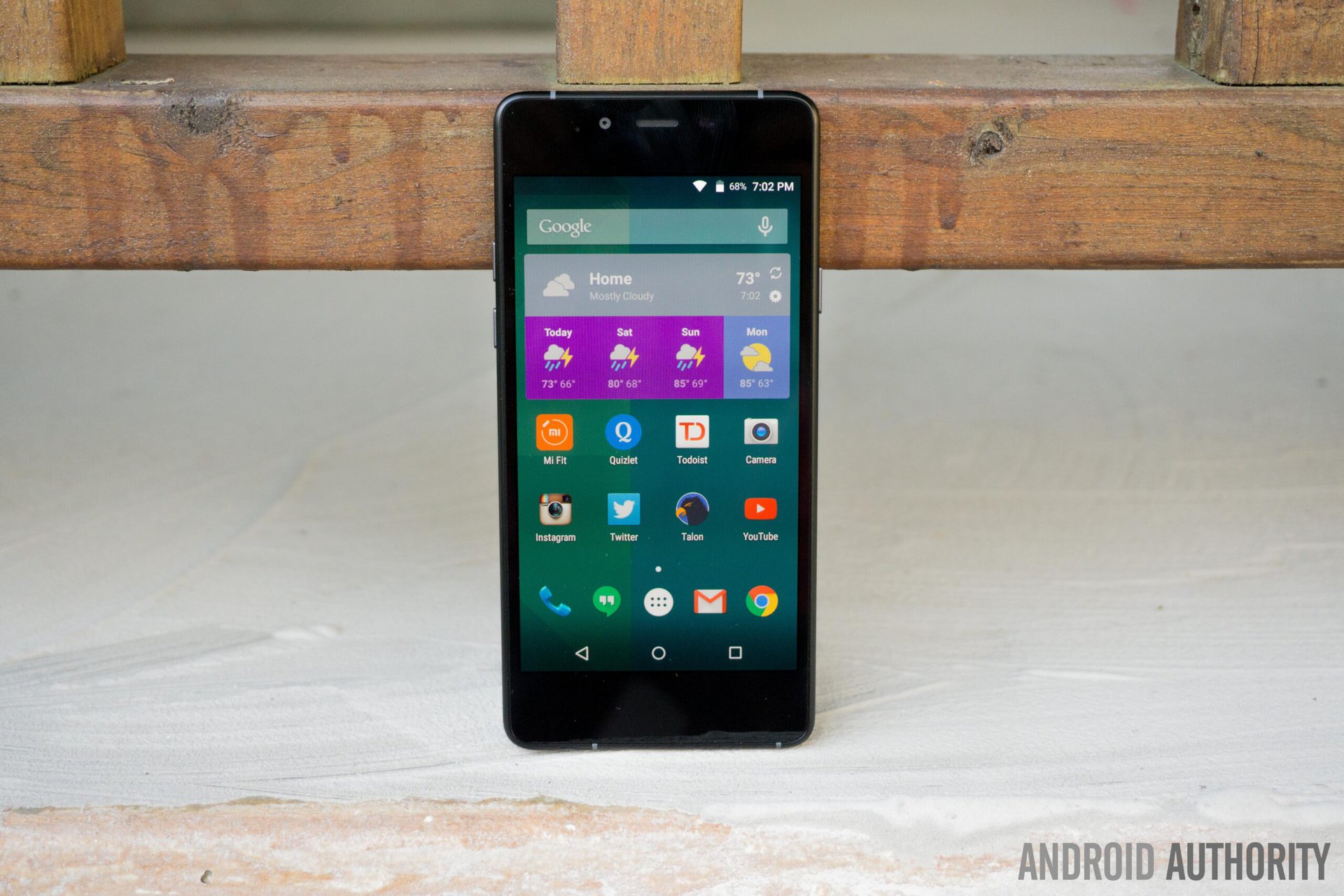
BLU vivo Air LTE review
September 21, 2015
BLU vivo Air LTE
What we like
What we don't like
Our scores
BLU vivo Air LTE
The BLU vivo Air was affordable, but offered a stunning construction and pretty capable specs. The second iteration looks to bring a similar ultra thin design, but this time the device is boosted with 2 GB of RAM and 4G LTE speeds. The enticing part is that it still manages to stay half as thick and heavy as the competition.
I have been playing around with the BLU vivo Air LTE for a while and am ready to tell you all about it. Is this to be your next smartphone? Let’s find out!

Design
Something feels off when you first hold the BLU vivo Air LTE. It feels amazingly light, so you begin looking for the battery in the box only to find it actually is within the phone. This phone weighs only 98 grams. To put that into perspective, the iPhone 6 (known for its light weight) is 129 grams.
The vivo Air LTE is also the thinnest smartphone one can buy in the USA at 5.1 mm. This thing is crazy light and thin. So much that you may even forget you have it in your pocket, and holding it for extended periods of time doesn’t do much to tire you.
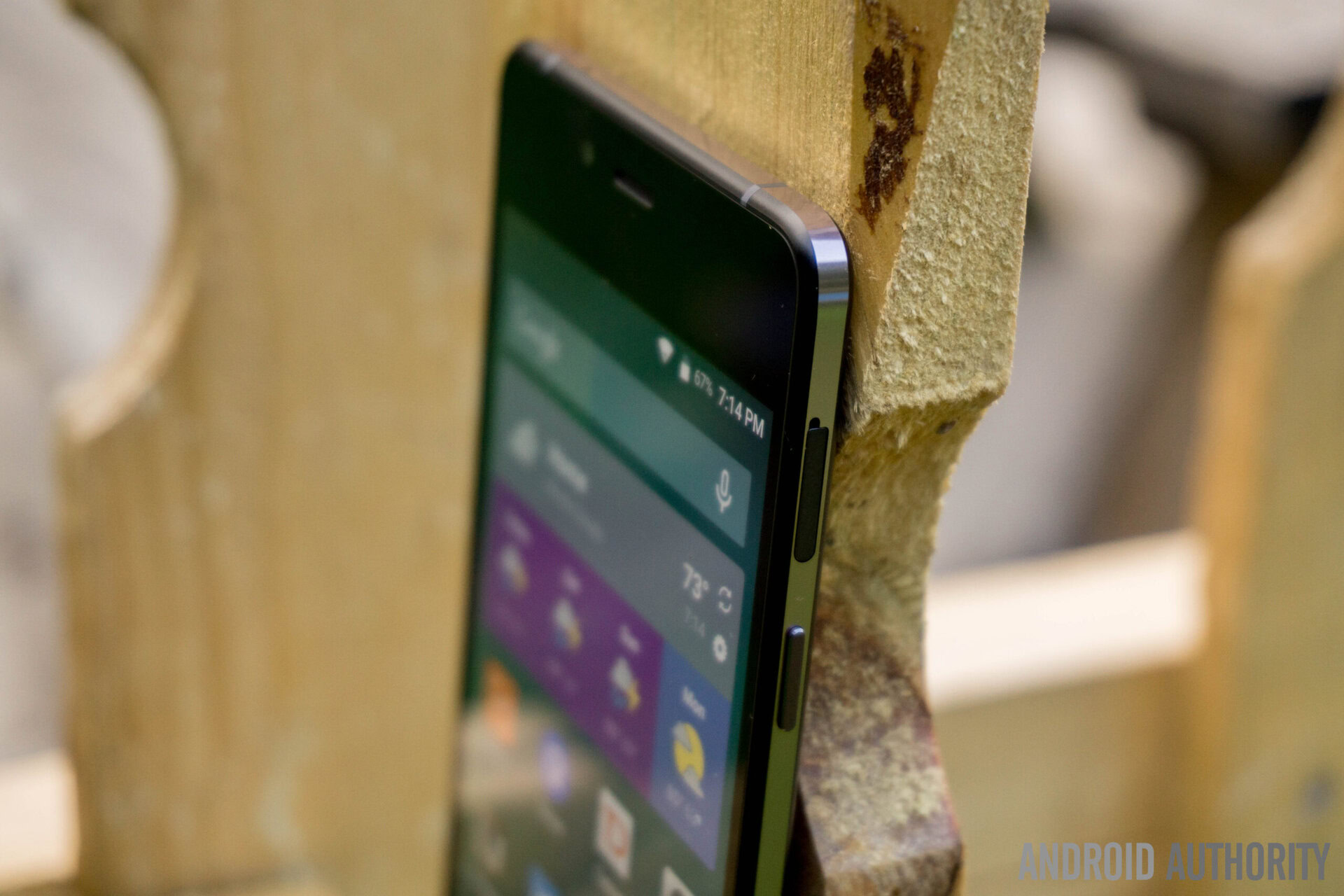
But those are not the only impressive factors this device construction has to offer. The BLU vivo Air LTE comes with a couple Gorilla Glass 3 panels, which sandwich an aluminum frame. This makes the phone a seemingly high-end product, but I do have to say I managed to scratch it relatively easily with normal usage. Not to mention, this thing is a fingerprint magnet and has a super slippery surface. Of course, you could always use the included case to avoid such inconveniences.
I do have to say I loved the phone’s smaller form factor, which made it a breeze to use single-handedly. Overall, I do believe you are getting quite a deal at this price point, as the phone is very well built and even has metal as one of its materials. That is hard to find in the lower-end market.
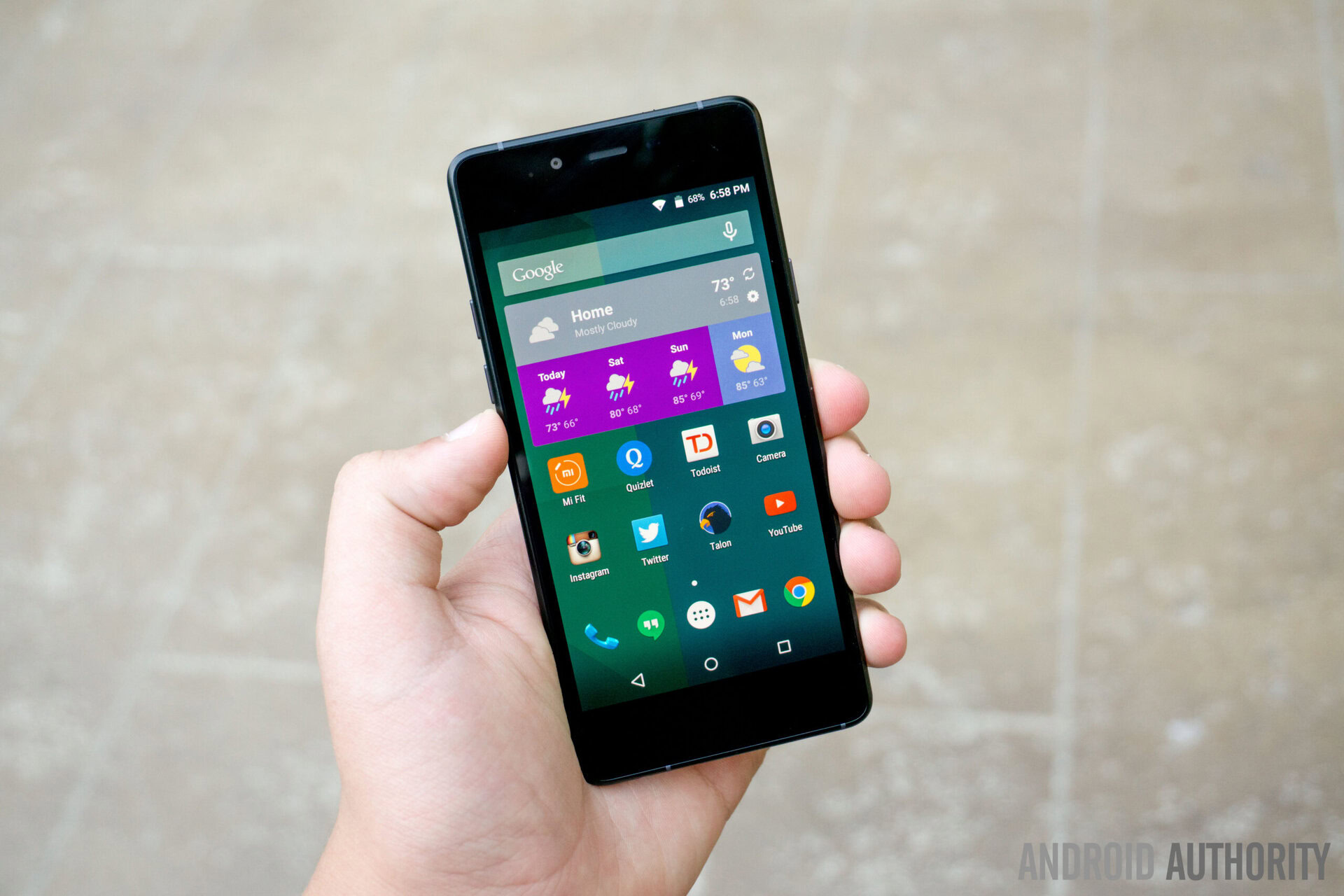
I definitely enjoyed the power and volume buttons, which feel pretty solid and provide good tactile feedback. Oh, and I happen to love when the microUSB and 3.5 mm headset jack are on the bottom of the phone, which is the case here.
The front of the phone sports a 5 MP shooter and an LED notification light. One thing I can complain about is that bezel, though. It’s pretty large, which isn’t an issue when the device has hardware buttons, but the BLU vivo Air LTE is sticking with software buttons.
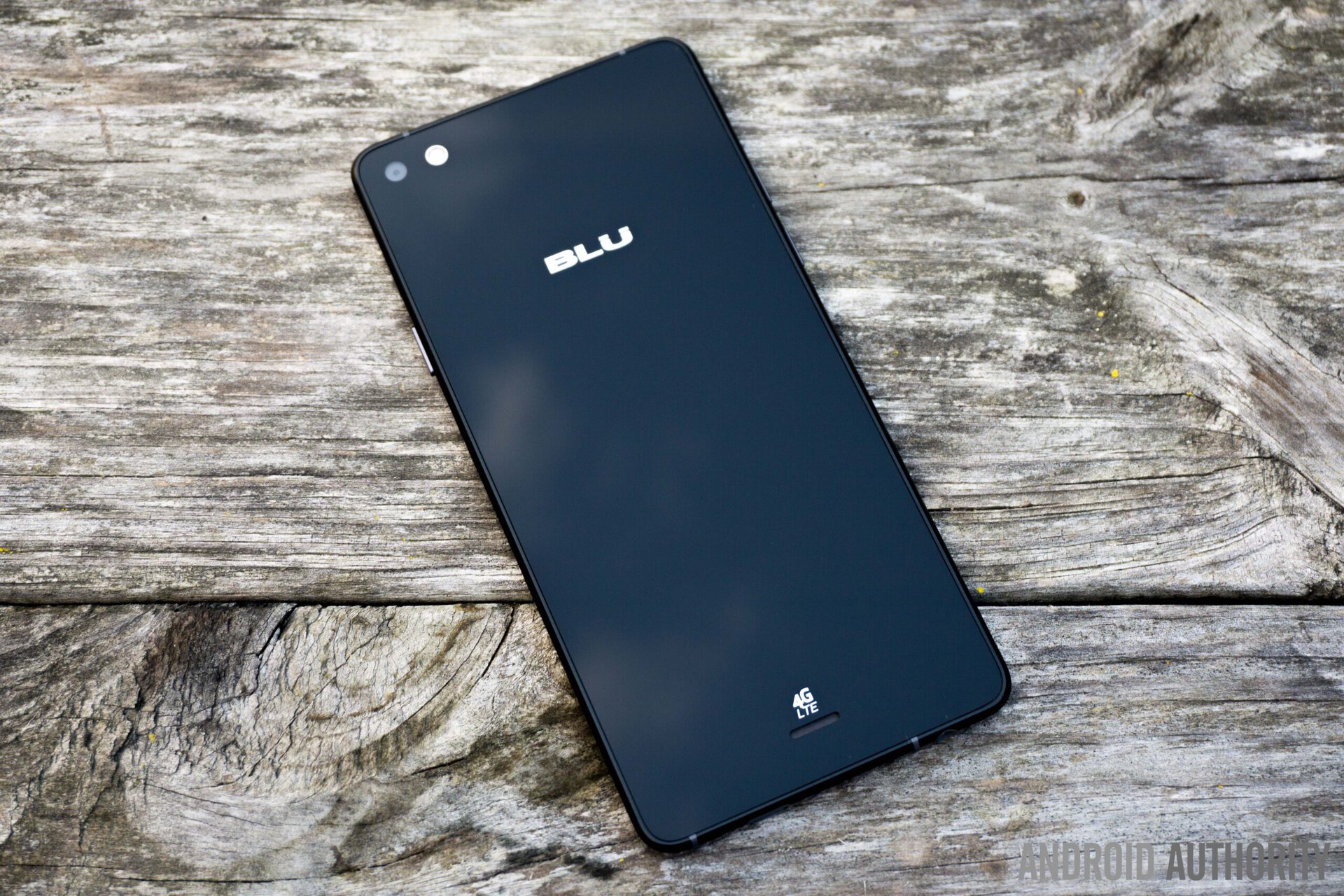
Display
As I mention above, this phone is small and easy to hold, and most of that is thanks to the modest 4.8-inch 720p Super AMOLED display. As you would expect from all AMOLED panels, this screen produces vibrant colors, saturated hues and the deepest blacks the mobile industry has to offer.
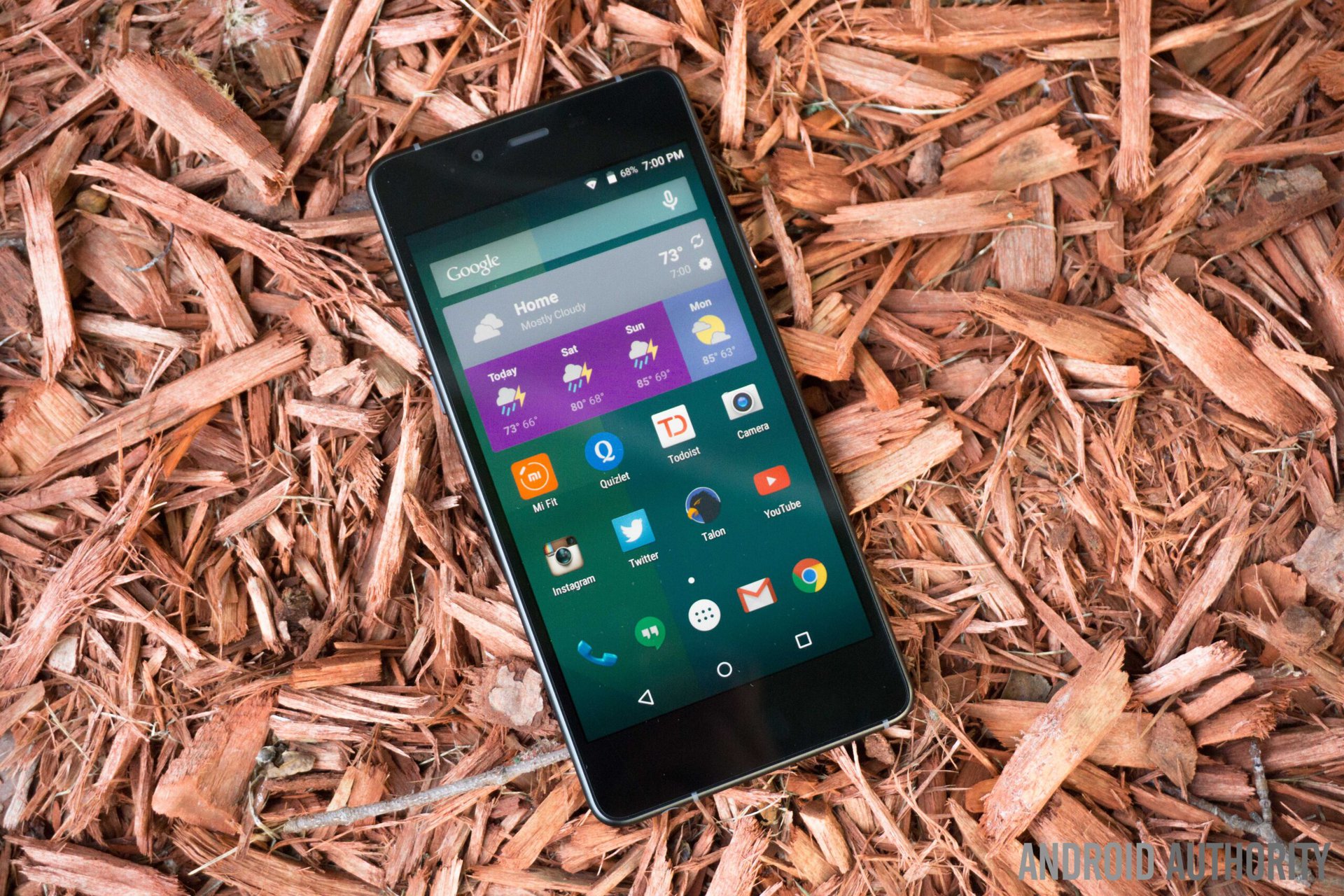
Sure, the display is nothing to write home about, but I can certainly appreciate the convenience of a smaller phone. Not to mention, it does look pretty good for the price!
Performance
Affordable processors have gotten really good the past couple years and I can say the BLU vivo Air LTE can handle its own with that Snapdragon 410 SoC it packs. This happens to be a huge jump from the MediaTek MT6592 the phone’s predecessor had. And with 2 GB of RAM and an Adreno 306 GPU backing it up, we really can’t complain too much.
Just keep in mind you are buying an affordable phone. Don’t expect it to perform too well either! Most processes will do just fine, but you will start seeing some lag once you start getting into the heavier games. Frame drops and slower load times are certainly not uncommon in these situations. Overall, however, the device does offer a fair gaming experience.
Hardware
As it should, the BLU vivo Air LTE has 802.11 N WiFi, GPS and Bluetooth 4.0. Support for some USA 4G LTE networks is also included, with FDD-LTE bands 2,4 and 7 on board. It’s missing bands 5 and 17 for AT&T, as well as band 12 for T-Mobile, but you will still get 4G LTE speeds in some areas. It just depends on where you are.
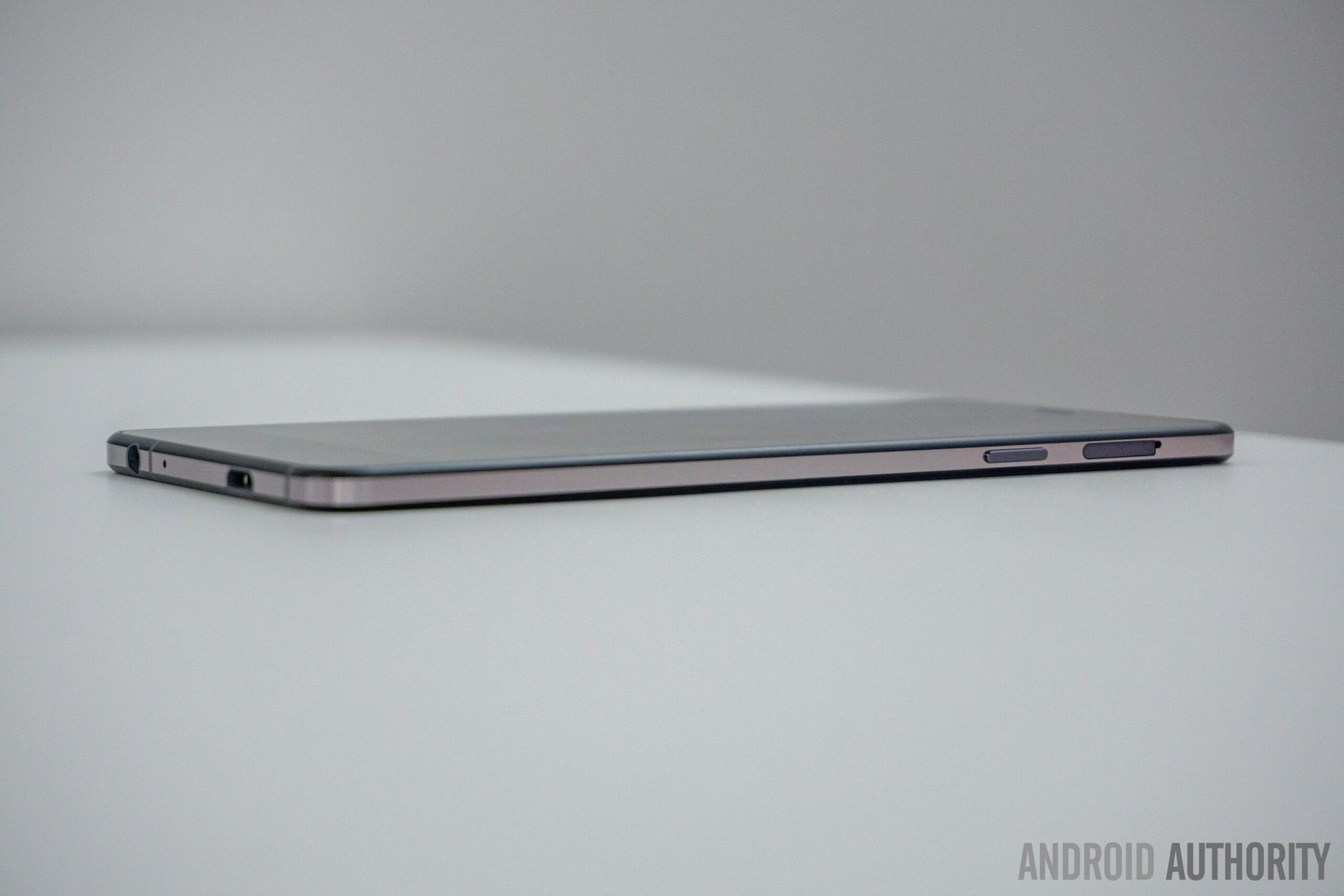
Camera
Everyone looks to Sony for camera sensors, and this time the IMX219 didn’t quite disappoint. The phone takes pretty fair images for the price. Color reproduction seems to be accurate and I didn’t really come across any blurry photos. In the right lighting conditions, you an definitely take some keepers.
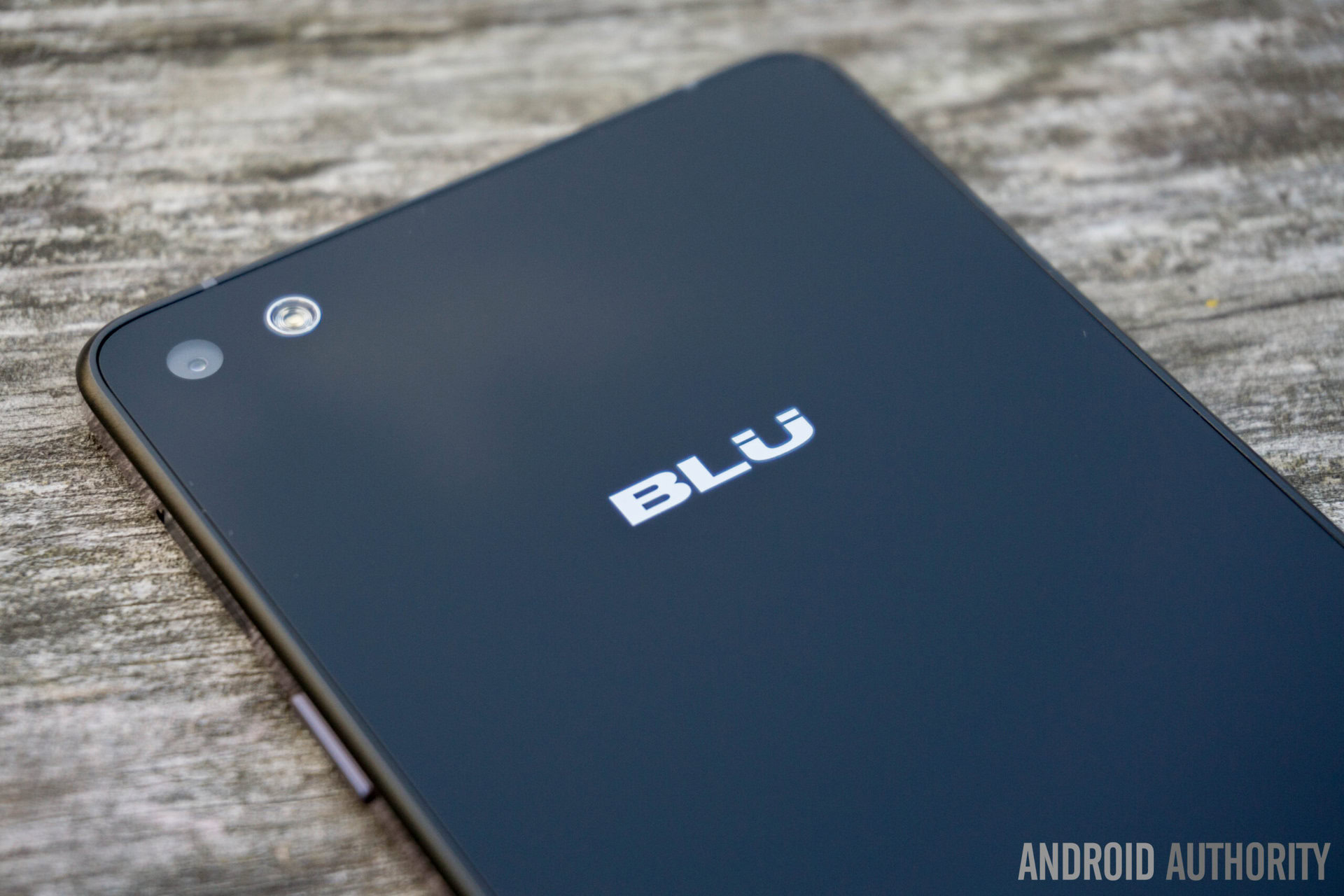
I did come across one issue with the automatic white balance function, which had a hard time deciding between modes. This was mostly an issue when in very bright environments, and setting white balance manually fixed the problem.
The default camera app is simple and offers some basic controls. My specific unit had an annoying problem – it would crash after scrolling through the menu. I am not sure if this is a problem that plagues all users, though. You can easily avoid this by using any other third-party camera app, but that’s still an annoyance.
Software
This part of the review will be simple. The BLU vivo Air LTE has pretty awesome software, as it is very near stock Android 5.0.2. There were some slight differences, like those clear buttons in the multi-tasking menu, a different lock screen time widget and a lighter font for the time in the notification panel. The manufacturer also included the TouchPal 2015 keyboard; this is cool if you happen to like it, but I downloaded the Google Keyboard right away.
The sad part is we likely won’t see much action in the form of updates. BLU is quite infamous for its poor after sales support. They are promising an update to Android 6.0 Marshmallow, but I would rather wait without holding my breath. Back in June they promised Android 5.0 Lollipop updates for the Life One and Life 8 XL ready in July; that hasn’t happened yet. We also have no idea if they are still working on them, as the company hasn’t said a word about the matter.
Battery
There’s always something you sacrifice when making a super thin handset – battery life. You can’t fit that big of a battery in these things, and so BLU decided to stick with a mere 2050 mAh battery. That’s a tiny number for smartphones, nowadays, but I will have to say battery life wasn’t as bad as I expected.
During my tests I found the phone could go for about 16 hours, with almost 3.5 hours of screen on time. The thing is that tests varied too much. Some days I was able to get 14.5 hours with 4 hours of screen on time. The next day I went to 12 hours with 2 hours of screen on time. Go figure!
By the way, WiFi was off most of the time, and screen brightness was set to 40%.
Gallery
Pricing and availability
The BLU vivo Air LTE sets itself right next to giants like the ASUS ZenFone 2 and the Moto G at a $199 price point. It’s available in both black and white, and sales start on September 22nd.
Here’s the trick: the vivo Air LTE offers no storage expansion options, and the phone has only 16 GB of internal memory. Not the best set-up for many of you, that’s for sure.
There’s no doubt the vivo Air LTE is one BLU’s most compelling offerings to date. It’s also one of the better offerings at this price point, thanks to its amazingly thin and light design, great display and capable camera. Sadly, 4G LTE support is limited, battery life is inconsistent and Android update forecasts are not very exciting.
Though I would recommend devices like the Moto G and the ASUS ZenFone 2 for their superior 4G LTE and support, you also can’t go wrong with the vivo Air LTE. Those who can deal with the quirks should definitely look at it when choosing their next phone. Are any of you guys buying?
Thank you for being part of our community. Read our Comment Policy before posting.